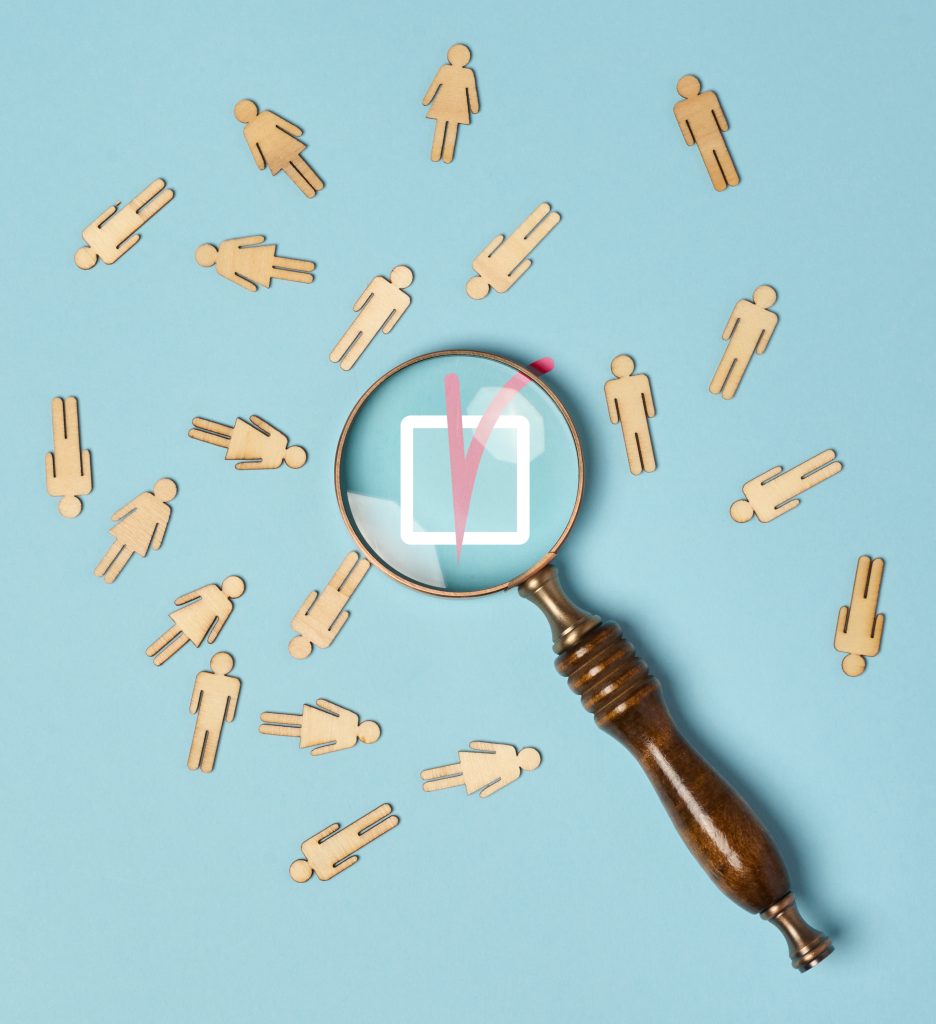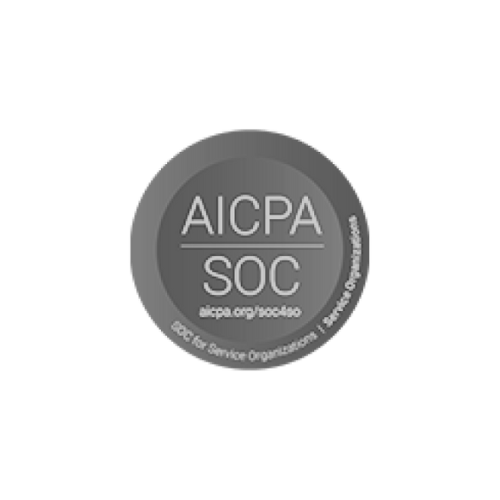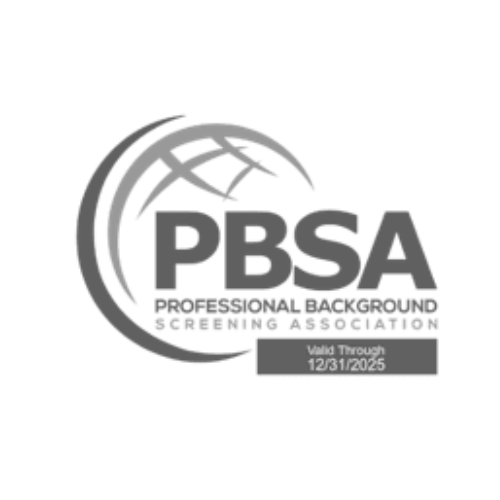Amazon’s AI recruiting tool discriminated against women. HireVue’s video analysis showed bias against certain accents and facial expressions. A major tech company’s algorithm learned to reject candidates from historically Black colleges. These aren’t isolated incidents—they’re symptoms of a much larger problem that’s quietly spreading through corporate America.
As AI becomes the default for resume screening, candidate assessment, and hiring decisions, we’re creating a new category of compliance risk that most organizations aren’t prepared to handle. The promise of AI—faster, fairer, more objective hiring—is real. But so is the potential for algorithmic discrimination that’s harder to detect, more difficult to defend, and potentially more damaging than traditional bias.
Here’s what’s keeping employment lawyers busy in 2025: AI hiring tools that make decisions their creators can’t explain, bias audits that reveal discrimination patterns no one intended, and regulatory requirements that most companies don’t even know exist.
The Compliance Landscape Is Changing Faster Than You Think
While federal AI employment law remains limited, state and local regulations are proliferating rapidly. New York City’s Local Law 144 requires annual bias audits for AI hiring tools . California’s SB 1001 mandates disclosure when AI is used in employment decisions . Canada’s Artificial Intelligence and Data Act will require bias audits for high-risk AI systems starting in 2026 .
But here’s what most organizations miss: compliance isn’t just about following specific AI laws. Traditional employment discrimination statutes—Title VII, the ADA, ADEA—all apply to AI-driven hiring decisions. The EEOC has made it clear that using AI doesn’t provide a safe harbor from discrimination claims .
This creates a complex compliance environment where organizations must navigate both emerging AI-specific regulations and established employment law. The challenge is that most AI hiring tools operate as “black boxes”—making decisions through processes that are difficult or impossible to explain.
The Four Hidden Risks of AI Hiring
Through analyzing hundreds of AI hiring implementations, I’ve identified four critical risk areas that most organizations overlook:
1. Proxy Discrimination
This is perhaps the most insidious form of AI bias. The algorithm doesn’t explicitly consider protected characteristics like race or gender, but it uses proxies that correlate with these characteristics.
Consider a real example from 2024: A retail company’s AI screening tool learned to favor candidates who played lacrosse in college. On the surface, this seemed like a reasonable preference for team-oriented individuals. But lacrosse is predominantly played by white, affluent students. The algorithm had effectively created a racial filter without anyone realizing it.
Other common proxies include:
- Zip codes that correlate with racial demographics
- University names that reflect socioeconomic status
- Extracurricular activities associated with specific groups
- Communication patterns that vary by cultural background
The legal risk is significant because proxy discrimination can violate employment law even when it’s unintentional. Courts have consistently held that disparate impact—not just disparate treatment—can constitute discrimination.
2. Training Data Bias
AI systems learn from historical data, which means they perpetuate past discrimination patterns. If your organization has historically hired fewer women for technical roles, an AI system trained on that data will likely continue that pattern.
A financial services company discovered this problem when their AI tool consistently ranked male candidates higher for leadership positions. The algorithm had learned from 20 years of hiring data during which the company had promoted significantly more men than women. The AI wasn’t being sexist—it was being historically accurate, which in this case meant discriminatory.
This creates a particularly challenging compliance issue because the bias isn’t in the algorithm itself—it’s in the data used to train it. Organizations must audit not just their AI tools but also the historical hiring patterns those tools learn from.ic coverage, especially for candidates who have moved frequently or worked in multiple states.
3. Algorithmic Amplification
AI doesn’t just replicate human bias—it amplifies it. Small biases in training data or algorithm design can become major discrimination patterns when applied at scale.
A healthcare organization found that their AI screening tool was rejecting 40% more female candidates than male candidates for nursing positions. The bias stemmed from a subtle weighting of “leadership experience” that favored traditionally male-dominated activities. What might have been a minor bias in human decision-making became systematic discrimination when automated.
This amplification effect is particularly dangerous because it can create discrimination patterns that are more severe than anything that existed in the original training data.
4. Explainability Gaps
Perhaps the most challenging compliance risk is the inability to explain AI decisions. When a candidate claims discrimination, you need to be able to articulate why they weren’t hired. “The AI said no” isn’t a legally defensible explanation.
Many AI hiring tools use machine learning models that are inherently difficult to interpret. They might consider hundreds of variables and their interactions in ways that even the tool’s creators can’t fully explain. This creates a fundamental tension between AI’s power and legal requirements for transparency.
The Regulatory Response Is Accelerating
Governments worldwide are responding to AI hiring risks with increasingly sophisticated regulations. Here’s what’s coming:
United States
- New York City Local Law 144: Requires annual bias audits for AI hiring tools, with public posting of results
- California SB 1001: Mandates disclosure when AI is used in employment decisions
- Federal EEOC Guidance: Clarifies that AI hiring tools must comply with existing employment discrimination laws
Canada
- Artificial Intelligence and Data Act: Will require bias audits for high-risk AI systems starting in 2026
- Provincial Disclosure Requirements: Several provinces are implementing AI disclosure requirements for job postings
European Union
- AI Act: Classifies AI hiring tools as high-risk systems requiring conformity assessments
- GDPR: Provides rights to explanation for automated decision-making
Key Compliance Requirements Emerging:
- Bias Auditing: Regular testing for discriminatory impact
- Transparency: Disclosure of AI use to candidates
- Explainability: Ability to explain AI decisions
- Human Oversight: Meaningful human review of AI recommendations
- Documentation: Comprehensive records of AI decision-making processes
Building AI Governance for Hiring
Effective AI hiring compliance requires a systematic approach to governance. Here’s the framework leading organizations are implementing:
1. Pre-Deployment Assessment
Before implementing any AI hiring tool, conduct a comprehensive risk assessment:
Bias Testing: Test the tool with diverse candidate pools to identify potential discrimination patterns. This should include analysis by race, gender, age, disability status, and other protected characteristics.
Explainability Evaluation: Ensure you can provide meaningful explanations for AI decisions. If the tool operates as a complete black box, consider whether the compliance risks outweigh the benefits.
Legal Review: Have employment counsel review the tool’s functionality and your implementation plan to identify potential legal risks.
Vendor Due Diligence: Understand how the vendor addresses bias, what testing they’ve conducted, and what support they provide for compliance.
2. Ongoing Monitoring
AI bias isn’t a one-time problem—it’s an ongoing risk that requires continuous monitoring:
Regular Bias Audits: Conduct systematic testing for discriminatory impact at least annually, or more frequently if required by law.
Statistical Monitoring: Track hiring outcomes by protected group to identify emerging bias patterns.
Candidate Feedback: Create mechanisms for candidates to report concerns about AI-driven decisions.
Performance Review: Regularly assess whether AI tools are meeting their intended objectives without creating unintended discrimination.
3. Human Oversight
Maintain meaningful human involvement in AI-driven hiring decisions:
Review Protocols: Establish clear procedures for human review of AI recommendations, especially for adverse decisions.
Override Authority: Ensure humans can override AI decisions when appropriate, and document the rationale for such overrides.
Training Programs: Train hiring managers on AI limitations, bias risks, and proper oversight procedures.
Escalation Procedures: Create clear pathways for escalating concerns about AI decisions or potential bias.
4. Documentation and Transparency
Maintain comprehensive documentation to demonstrate compliance:
Decision Records: Document the rationale for AI hiring decisions, including human review and override decisions.
Audit Trails: Maintain detailed logs of AI system performance, bias testing results, and corrective actions taken.
Policy Documentation: Develop clear policies governing AI use in hiring, including bias prevention and human oversight procedures.
Candidate Communication: Develop transparent communication about AI use that meets legal requirements while maintaining candidate trust.
Industry-Specific Considerations
Different industries face unique AI hiring compliance challenges:
Healthcare
- Must comply with additional regulations around patient safety and professional licensing
- AI tools must account for specialized certifications and clinical experience
- Higher scrutiny due to patient care implications
Financial Services
- Subject to additional regulatory oversight from banking regulators
- Must consider security clearance and fiduciary responsibility requirements
- Higher liability for discrimination in customer-facing roles
Technology
- Often early adopters of AI hiring tools, creating precedent-setting compliance challenges
- Must balance innovation with risk management
- Subject to intense public scrutiny around AI ethics
Government Contractors
- Must comply with federal contractor diversity requirements
- Subject to additional oversight and audit requirements
- Higher standards for transparency and explainability
The Cost of Getting It Wrong
The financial and reputational costs of AI hiring compliance failures can be severe:
Legal Liability: Discrimination lawsuits involving AI can result in significant financial judgments. Class action suits are particularly dangerous because AI tools typically affect large numbers of candidates.
Regulatory Penalties: Violations of AI-specific regulations can result in substantial fines. New York City’s Local Law 144 includes penalties up to $350 per violation.
Reputational Damage: AI bias incidents often receive significant media attention, potentially damaging employer brand and making future hiring more difficult.
Operational Disruption: Compliance failures may require suspending AI tools, re-screening candidates, or implementing costly remedial measures.
Insurance Implications: Employment practices liability insurance may not cover AI-related discrimination claims, especially if proper governance wasn’t in place.
Building Competitive Advantage Through Compliance
Organizations that get AI hiring compliance right don’t just avoid legal problems—they build competitive advantages:
Better Hiring Outcomes: Proper bias testing and human oversight often improve AI tool performance, leading to better hiring decisions.
Enhanced Employer Brand: Transparent, fair AI hiring practices can differentiate your organization in competitive talent markets.
Reduced Legal Risk: Proactive compliance reduces the likelihood of costly discrimination claims and regulatory penalties.
Operational Efficiency: Well-governed AI tools can process more candidates more quickly while maintaining quality and compliance.
Innovation Leadership: Organizations with strong AI governance are better positioned to adopt new technologies as they emerge.
Your Action Plan
If your organization uses or is considering AI hiring tools, take these immediate steps:
Week 1: Assessment
- Inventory all AI tools currently used in hiring
- Review vendor documentation on bias testing and compliance features
- Identify gaps in current governance procedures
Week 2: Legal Review
- Have employment counsel review AI tool usage and compliance risks
- Research applicable regulations in your jurisdictions
- Develop preliminary compliance requirements
Week 3: Bias Testing
- Conduct initial bias audit of current AI tools
- Analyze hiring outcomes by protected group
- Identify any concerning patterns requiring immediate attention
Week 4: Governance Development
- Draft AI hiring governance policies
- Establish human oversight procedures
- Create documentation and training requirements
Ongoing: Monitoring and Improvement
- Implement regular bias auditing schedule
- Monitor regulatory developments
- Continuously improve governance based on experience and best practices
The Future of AI Hiring Compliance
As AI becomes more sophisticated and regulations more comprehensive, compliance requirements will continue to evolve. Organizations that build strong governance foundations now will be better positioned to adapt to future requirements.
Key trends to watch:
- Increased Transparency Requirements: Expect more jurisdictions to require disclosure of AI use in hiring
- Standardized Bias Testing: Industry standards for AI bias auditing are likely to emerge
- Enhanced Explainability: Pressure for more interpretable AI hiring tools will continue to grow
- Global Harmonization: International coordination on AI hiring regulations may develop
The Bottom Line
AI hiring tools offer tremendous potential to improve hiring speed, quality, and fairness. But realizing that potential requires proactive attention to compliance risks that many organizations are only beginning to understand.
The companies that will thrive in the AI hiring era are those that view compliance not as a constraint but as a competitive advantage. They understand that fair, transparent, explainable AI hiring practices don’t just reduce legal risk—they improve hiring outcomes and build stronger organizations.
The question isn’t whether AI will transform hiring—it already has. The question is whether your organization will lead that transformation or be left scrambling to catch up with compliance requirements you didn’t see coming.
The time to build AI hiring governance is now, before problems emerge, not after they’ve already cost you talent, money, and reputation. Your future hiring success depends on the compliance foundation you build today.
About the Author: Sachin Aggarwal is a thought leader in background verification and HR compliance. He helps organizations navigate the complex intersection of AI technology and employment law.
References:
New York City Local Law 144 – AI Bias Audits
AI Employment Regulations Make Compliance ‘Very Complicated’
Canada’s AI Hiring Laws Prompt Transparency Requirements
The Evolving Landscape of AI Employment Laws
















